Should I trash my coir-based medium?
amyben
17 years ago
Related Stories

DESIGN DETAILSDesign Workshop: The Modern Wall Base, 4 Ways
Do you really need baseboards? Contemporary design provides minimalist alternatives to the common intersection of floor and wall
Full Story
HEALTHY HOME6 Tips From a Nearly Zero-Waste Home
Lower your trash output and increase your quality of life with these ideas from a mom who did it to the max
Full Story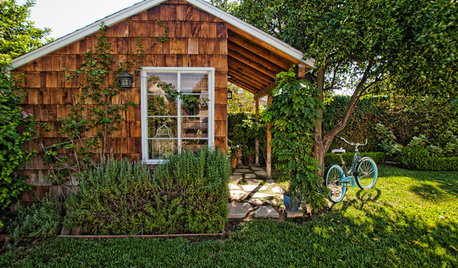
BACKYARD IDEAS7 Backyard Sheds Built With Love
The Hardworking Home: Says one homeowner and shed builder, ‘I am amazed at the peace and joy I feel when working in my garden shed’
Full Story
GARDENING GUIDESGarden Myths to Debunk as You Dig This Fall and Rest Over Winter
Termites hate wood mulch, don’t amend soil for trees, avoid gravel in planters — and more nuggets of garden wisdom
Full Story
HOUZZ TOURSMy Houzz: Upcycled Boho Style in an Austin Townhouse
Colorful textiles, rich hues and DIY upholstery give this Texas rental house a sophisticated, creative sensibility
Full Story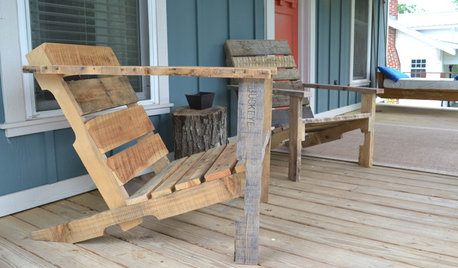
WOODWORKINGBuild Your Own Wooden Deck Chair From a Pallet — for $10!
Take the ecofriendly high road with a low-cost outdoor chair you make yourself
Full Story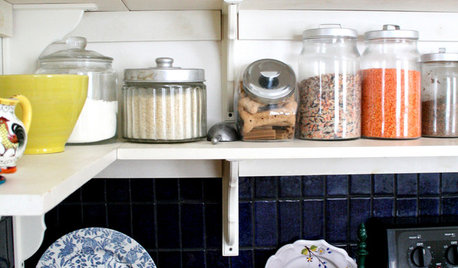
KITCHEN DESIGNDisplaying Kitchen Supplies — Hot or Not?
Do some kitchens just beg for a cozy row of canisters and gear for all to see? Have a look and let us know what you think
Full Story
FUN HOUZZHouzz Call: Tell Us About Your Dream House
Let your home fantasy loose — the sky's the limit, and we want to hear all about it
Full Story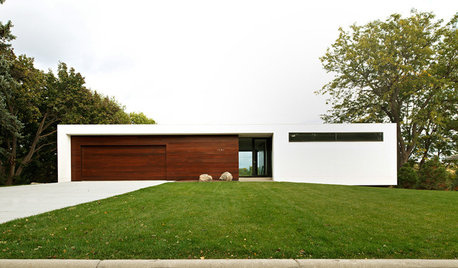
ARCHITECTUREWhy Authenticity in Architecture Matters
Is your home's exterior making a promise it doesn't keep? Learn why integrity and consistency are essential for architectural success
Full Story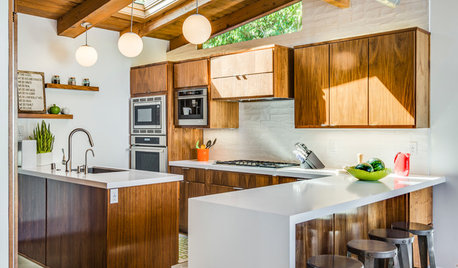
KITCHEN CABINETSNew This Week: 3 Modern Kitchens That Rock Warm Wood Cabinets
Looking for an alternative to bright white? Walnut cabinetry offers the perfect tone to warm things up
Full Story







rhizo_1 (North AL) zone 7
amybenOriginal Author
Related Professionals
Citrus Heights Landscape Architects & Landscape Designers · Wixom Landscape Architects & Landscape Designers · McKinney Landscape Contractors · Medford Landscape Contractors · East Patchogue Landscape Contractors · Fort Wayne Landscape Contractors · Ponte Vedra Beach Landscape Contractors · West Orange Landscape Contractors · Benicia Solar Energy Systems · Alum Rock Solar Energy Systems · Emeryville Window Contractors · Glen Burnie Window Contractors · Berkeley Fence Contractors · Hoffman Estates Fence Contractors · Sunrise Manor Fence Contractorsmaiku
amybenOriginal Author
amybenOriginal Author
maiku
amybenOriginal Author
maiku
amybenOriginal Author
amybenOriginal Author
stressbaby
amybenOriginal Author
tapla (mid-Michigan, USDA z5b-6a)
maiku
tapla (mid-Michigan, USDA z5b-6a)
amybenOriginal Author